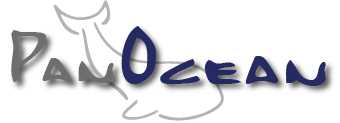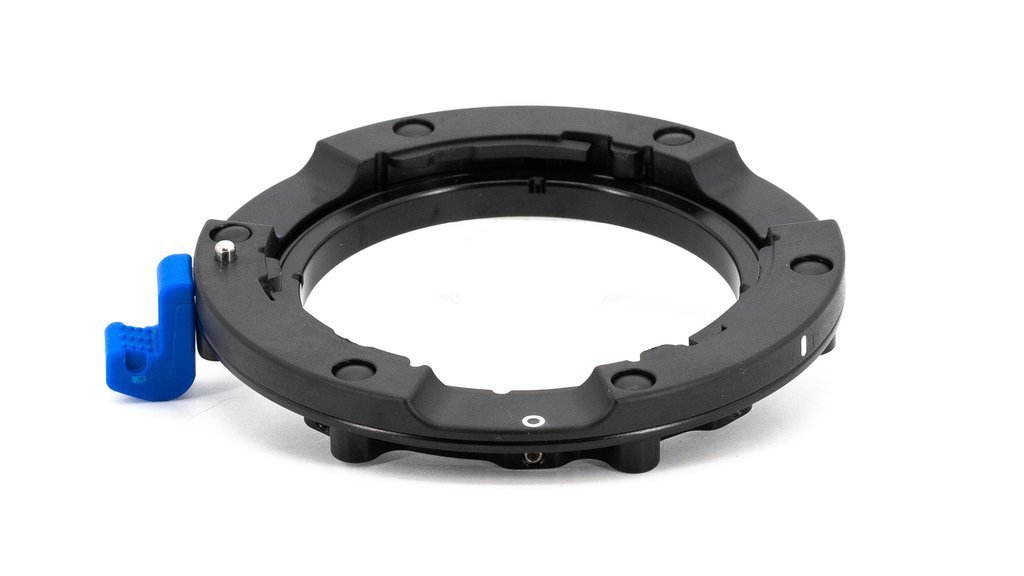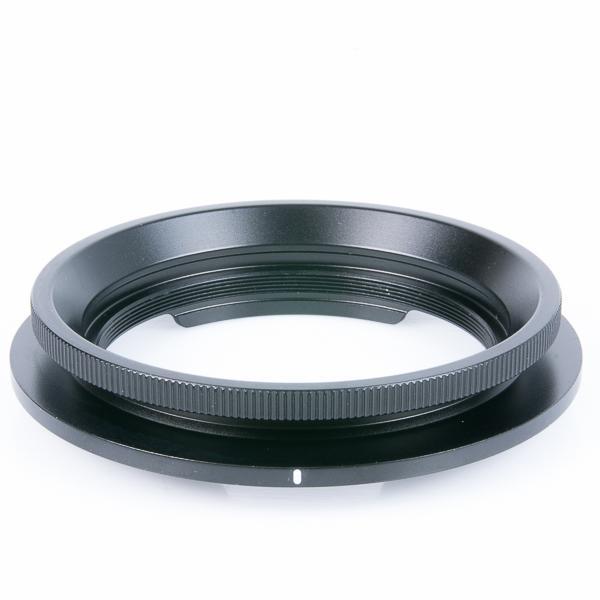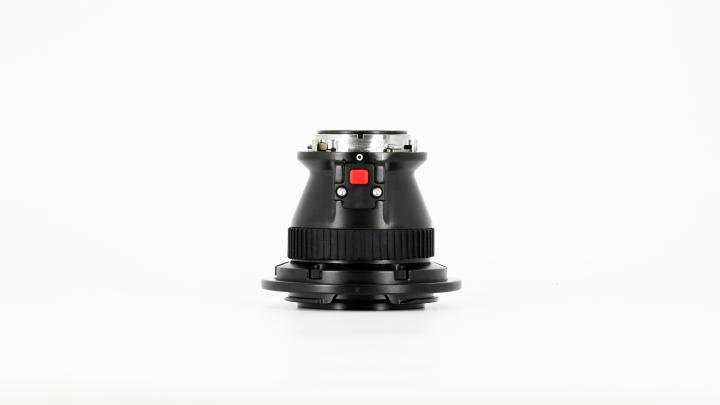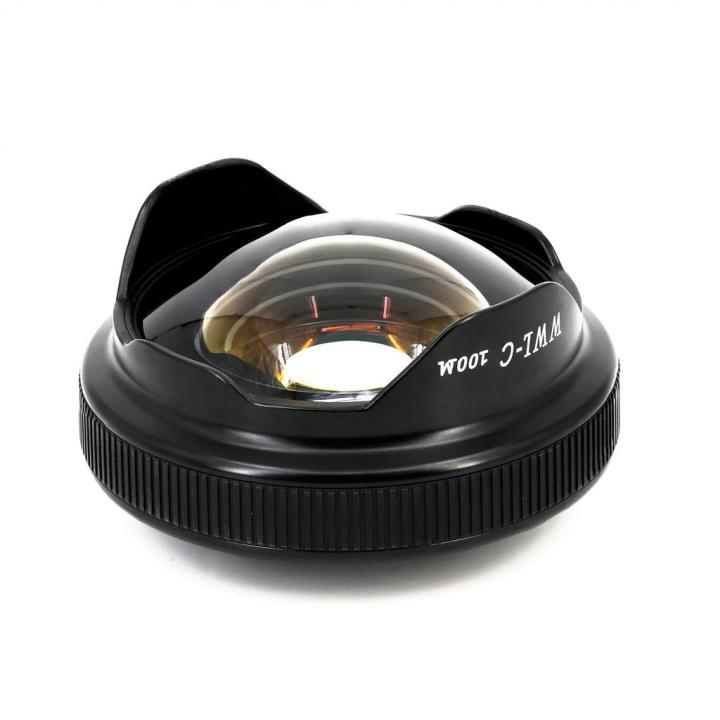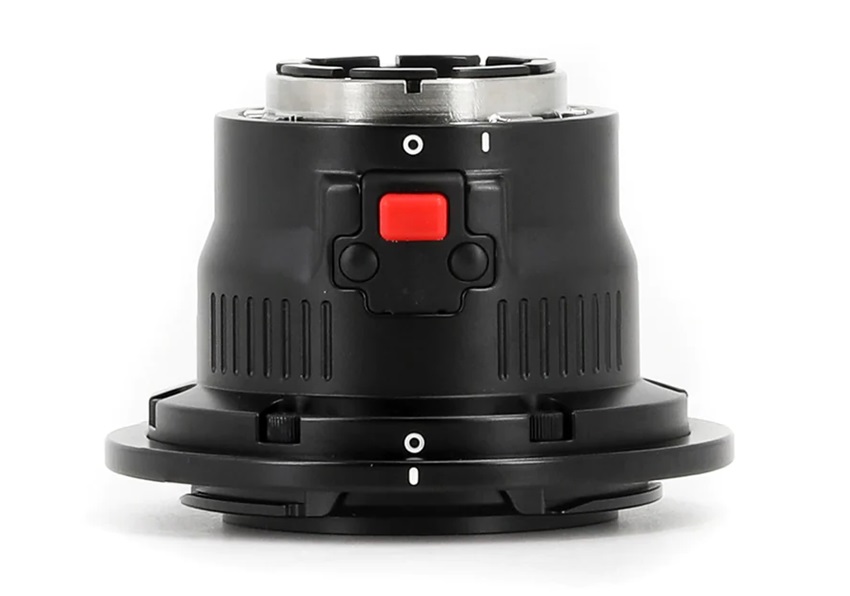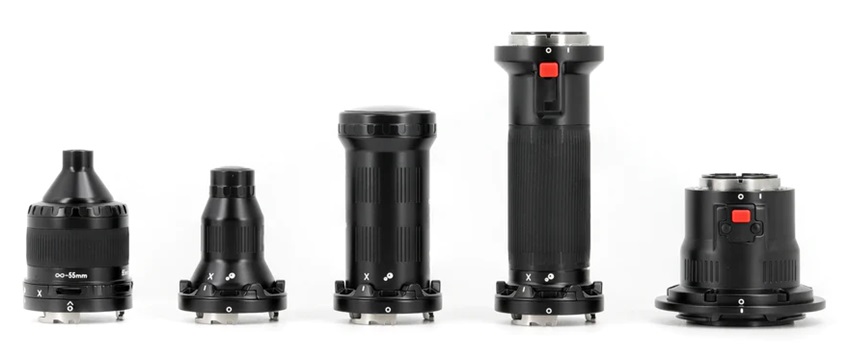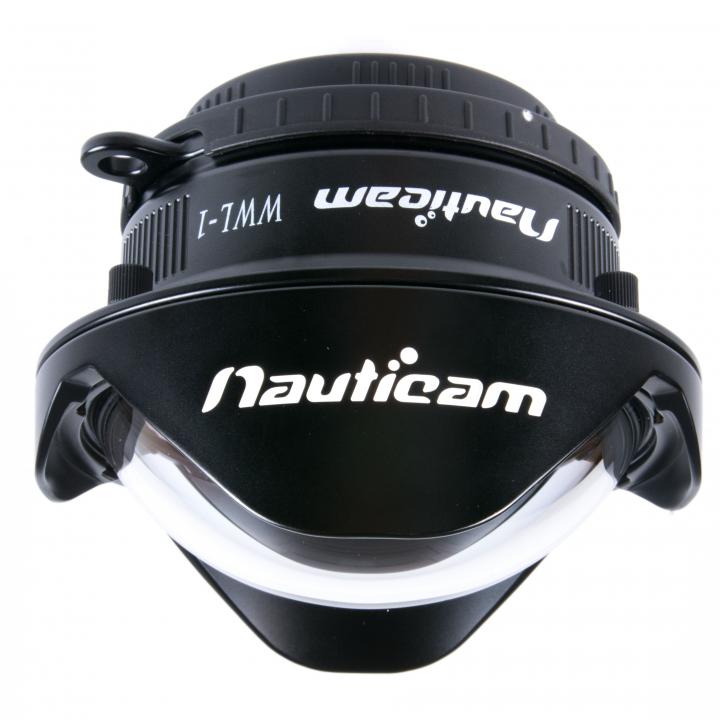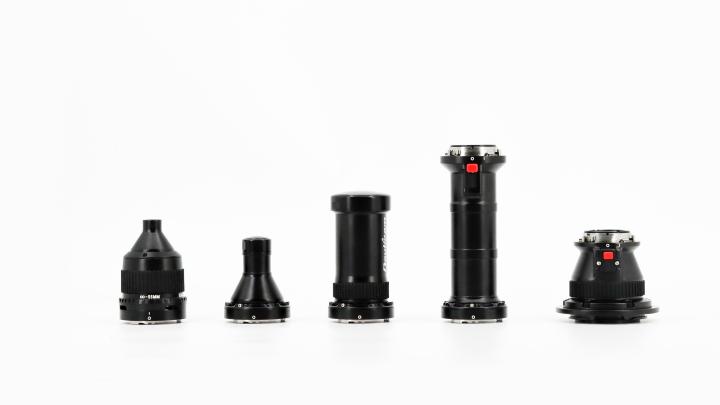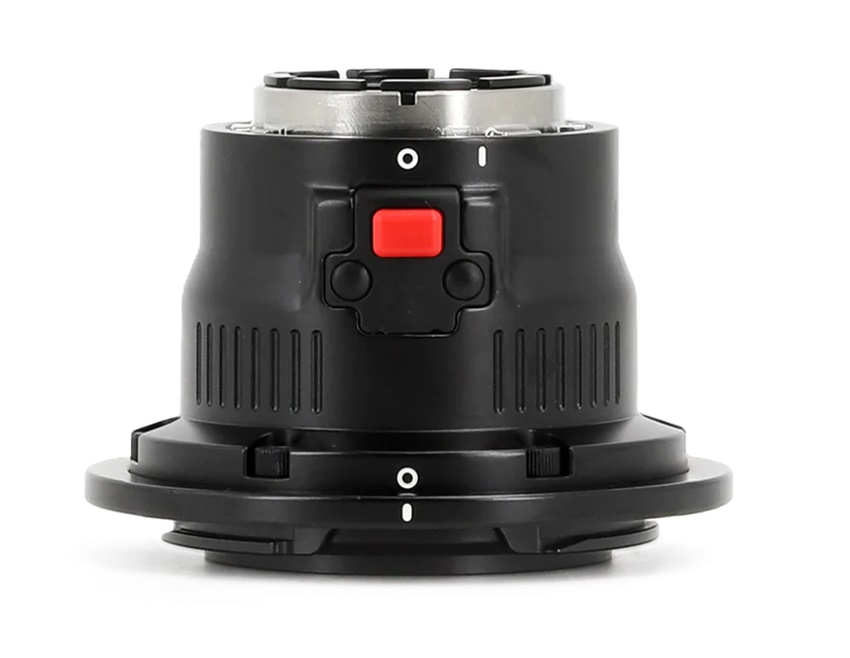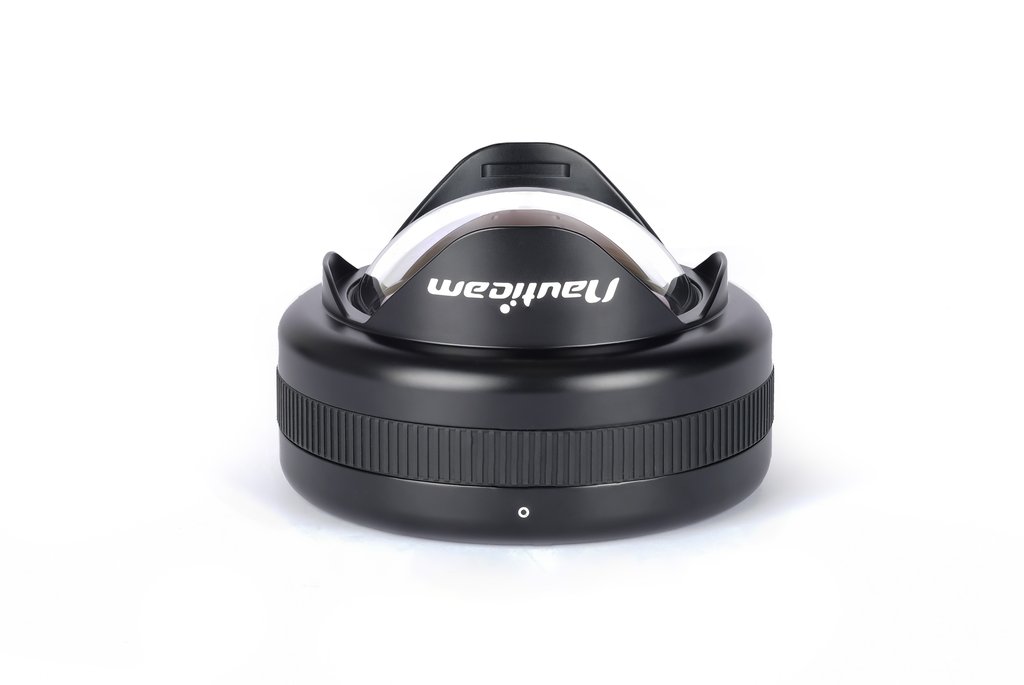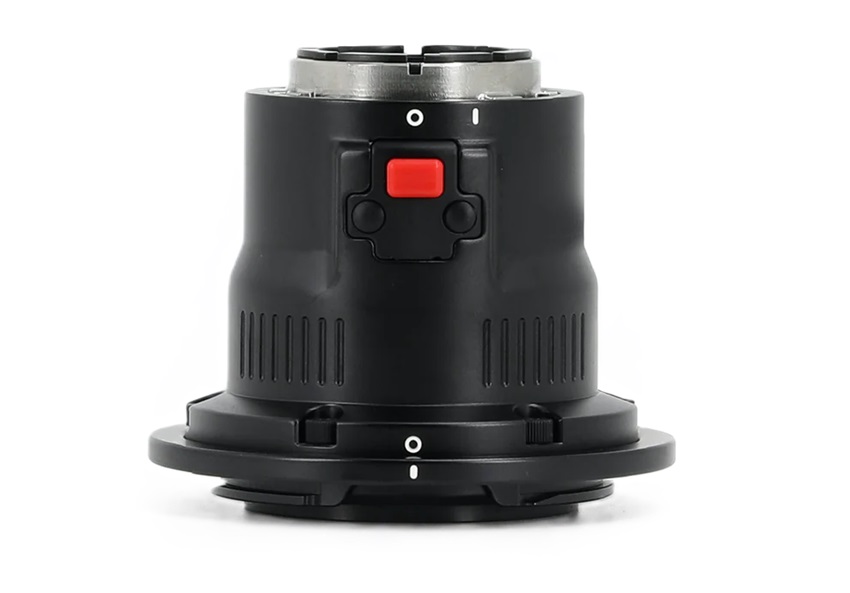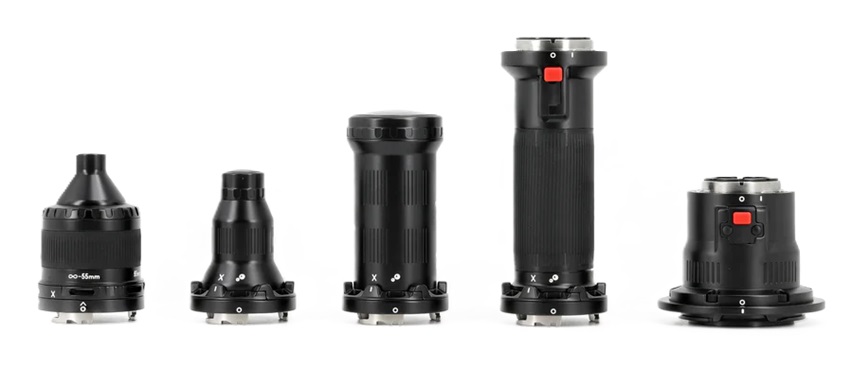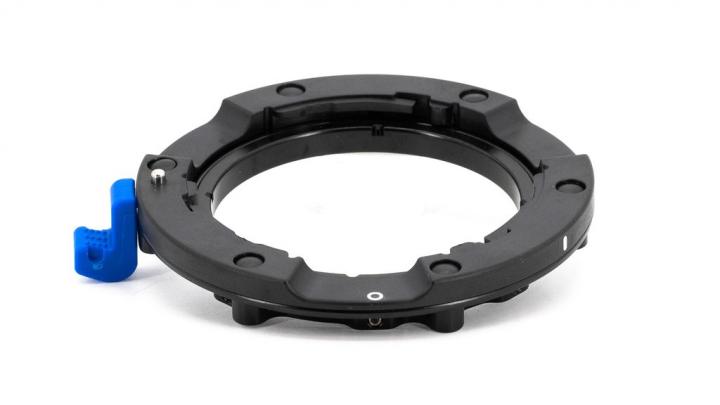

This Bayonet Mount Converter II is designed for M67 threaded ports to use with Water Contact Optics. This works with 1st generation bayonet mount optics as well as the new 2nd generation (WWL-C).
| Attachment lens thread: | M67, Nauticam Bayonett II |
|---|---|
| Body Material: | aluminum |
Bayonet II (blue lever)
- M67 to Bayonet Mount Converter II by Nauticam
- Protective cap
- Installation tool
0 of 0 reviews
Login
Similar products
compatible with
